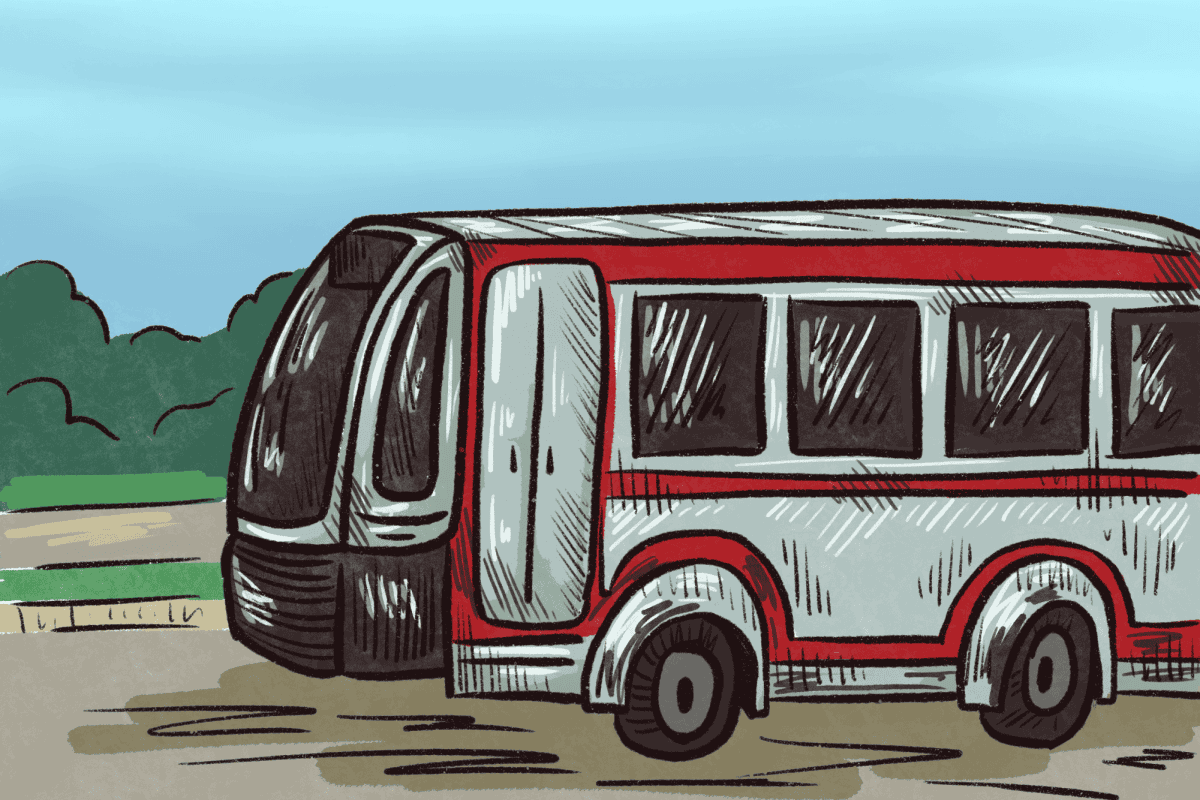The opioid epidemic in the U.S. has now passed car accidents, cancer, heart disease, gun violence and others as the leading cause of death for Americans under the age of 50. The New York Times is calling it the deadliest drug crisis in American history.
But does this affect me, a student at the University of Alabama? The frightening answer is yes. The opioid crisis has crossed all age and socioeconomic lines. At its current rate, it is killing more than 100 Americans daily. Prescription pain pills are over-prescribed and easy to misuse; having them in your bathroom now is like having heroin in your medicine cabinet. It’s becoming easier to get high than it is to get help.
The Vice President of the Institute for Recovery Advocacy noted, “These are equal opportunity destroyers, and even in those places where education takes place every day, we need to ramp up the education around opioids.”
The stigma that drug overdoses are for “crackheads,” homeless people, poor people or ex-convicts needs to end. Opioid abuse is affecting young, old, rich, poor, white, black – you name it.
Morgues across the state of Ohio have had to place dead bodies on ice in refrigerated trailers due to the rapid influx of corpses from overdose related deaths. The top pharmaceutical companies in the country are being sued left and right. Doctors are prescribing bottle after bottle of these pills to patients based on marketing and false science pushed by the drug manufacturers and distributors. All you have to do is search on the internet to see the spine-chilling statistics of how this epidemic is affecting America. From overcrowded treatment facilities and overworked emergency responders, to unemployment lines and homelessness, cities, states, employers and insurers are impacted every day.
The flippant way people have dismissed opioid abuse is partially to blame for the severity of the epidemic. We all have encountered that one person who gets their wisdom teeth out but doesn’t mind because of all the “feel-good” pills that comes with it. Doctors often prescribe more than the patient needs, which can lead to two outcomes. The patient will keep them all and take them, or they will sell them. It doesn’t take a so-called sketchy drug dealer to illegally distribute these pills to their friends – it could be happening right under your nose.
The survey I mentioned above found that one in every ten college students who responded was currently taking a pain medication prescribed to them. Of those, almost one-third said they had experienced problems as a result of their use. About 20% reported using the pills in excess of the dose prescribed.
And if you still think this crisis is not close to home — think again. According to CNN online, a new drug called “gray death” has been linked to multiple fatal overdoses in the South. The most chilling part is that authorities don’t know exactly what’s in it or where it came from. The drug is a mix of opioids, and it can kill in tiny doses. News outlets and drug enforcement officials report that over the past four months, Georgia police have seized about 50 batches of “gray death” statewide, with metro Atlanta being a major hotspot. State and local officials confirmed the drug is now popping up around Alabama.
And then there is still heroin to deal with. According to the Substance Abuse and Mental Health Services Administration, nearly 80 percent of Americans using heroin (including those in treatment) reported misusing prescription opioids first. Taking a prescription pain killer is definitely not the same thing as injecting heroin into your body, but when either of these are abused, they can and will cause death. There is a reason why there are far more opioid abuse-related deaths than heroin these days.
It always starts off in an innocent way. I worry when I see people close to me have access to opioids. Drug addicts can be that old, raggedy person on the street corner, or it could be the young, privileged University of Alabama student sitting next to you in class.
Annie Milbourn is a junior majoring in journalism. Her column runs biweekly.







